Leaning out isn't an easy process. It means eating smart, training efficiently, and remembering that every calorie burned counts. Gone are impromptu cheat days of shoveling greasy food into your mouth under the guise of a "dirty bulk."
Leaning out is all about learning how to dial in your macros the right way, but that doesn't mean you have to feel deprived. Leaning out doesn't mean cutting entire food groups, ditching all compound movements, or skipping the weights to spend long hours on the treadmill. It's all about pushing your body to its full potential the right way.
Summer might be coming to an end, but that doesn't mean the season of lean is anywhere close to over.
Check out these 40 top tips that will help guide you through a successful cut.
1. Eat More Protein
Protein is the most satiating macronutrient. In addition to leaving you feeling fuller longer, increased protein intake will also help you keep lean muscle mass when you're lowering your caloric intake. Basically, it'll allow you to pack on the gains even when slimming down. Protein also stimulates glucagon secretion, which helps liberate the stored energy you need to train hard.

In addition to leaving you feeling fuller longer, increased protein intake will also help you keep muscle mass when you're lowering your caloric intake.
2. Eat Protein Every Four Hours
Frequent, relatively equal-portioned protein feedings are key to optimizing protein synthesis. "Frequent" doesn't meant "nonstop." Spread your protein intake out so you are getting at least 30 g every four hours in order to maximize protein synthesis. More than 30 g is fine, too!
3. Make Green Leafy Vegetables Your Friend
Green leafy vegetables are loaded with nutrients, but not calories. As an added bonus, they keep your body functioning at an optimal level by helping you maintain your system's acid/base balance. When you're in your cutting phase, make it a point to have green vegetables at every main meal. Not sure where to start? Collard greens can help lower your cholesterol levels, kale is rich in antioxidants and has cancer-preventing power, and bok choy is packed with immune-system-supporting vitamin A.

4. Save Starches For After Workouts
Low glycemic carbohydrates such as green vegetables, fruits, and beans should make up the bulk of your carbohydrate intake, but that doesn't mean you should avoid starches completely. Just save them for post-workout consumption. Simple carbs are critical for the recovery and muscle-growth process because, after crushing heavy weight, your body is severely depleted of both glucose (usable energy) and glycogen (stored energy). This is the time to consume tempting high-glycemic carbs (with an index of 70 and above) such as fresh fruits, breads, and cereals.
5. Eat For Volume
Eating foods that are high in volume but not calories (nutrient-dense not calorie-dense) will keep you full but not fat. Cabbage, spinach, lettuce, and broccoli are great foods you can eat in high volume without feeling like you've maxed out on your daily calorie quota.
Looking for something in the animal (instead of vegetable) camp? Look no further than the almighty egg. Egg whites expand a lot if you beat them long enough—just don't make meringue. They'll make your feel like you are eating a lot more calories than you are.
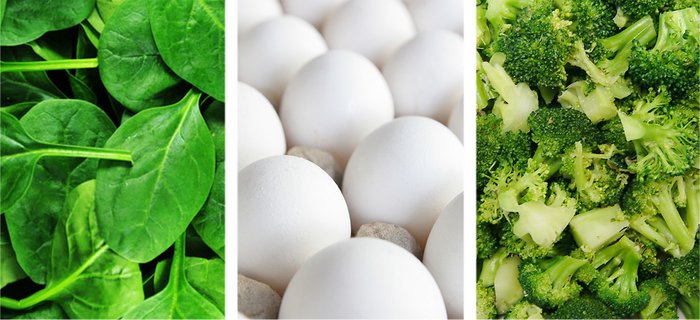
Cabbage, spinach, lettuce, and broccoli are great foods you can eat in high volume without feeling like you've maxed out on your daily calorie quota.
6. Drink More Water
Dehydration makes you physically and mentally tired. When you're feeling a little parched—a sign that you might already be experiencing dehydration—ditch room temperature H2O and grab a glass of cold water. Drinking cold water has a slight thermogenic effect, allowing you to burn extra calories while you hydrate.

When you're feeling a little parched—a sign that you might already be experiencing dehydration—ditch room temperature H2O and grab a glass of cold water.
7. Don't Drastically Decrease Fats
Eating fat won't make you fat, so don't make the mistake of dropping your fat levels too low when leaning out. Extremely low-fat diets are a huge mistake. Not only do fats provide your body with energy, they also help transport vitamins through your bloodstream and absorb them into your body.
Essential fatty acids—such as those found in whole grains, seeds, nuts, and some fish—have a hand in brain development and blood clotting. Balance your fat intake by eating saturated (butter, coconut oil) and unsaturated (olive oil, nuts, flaxseed) fats.
8. Cut Out Unplanned Snacks
Calories from unplanned snacking can add up quickly and can wreak havoc on your fat-loss goals. The message is pretty simple: If you didn't plan on it, don't eat it.
9. Make Meal Prep For The Week
Whether you're cutting or bulking, meal prep is an essential part to any fitness journey. Eat regularly, don't skip meals, and keep a food journal. A good food log helps monitor progress so you can make accurate adjustments to better meet your fitness goals. Writing things down will also help to keep you accountable and could lead you to snack less.
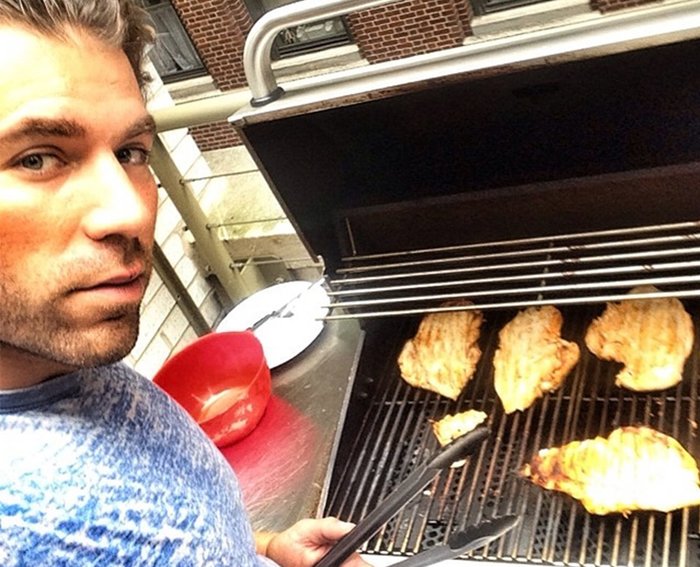
10. Pump Up The Protein
Consuming adequate protein—roughly 30 percent of your daily calories—is so important that I had to include it twice!
11. Remove Nutritional Vices
Keeping that half-eaten bag of chips in the kitchen cupboard won't help you resist temptation. Why unnecessarily test your will power? Clear all the chips, sugary drinks, ice cream, and other processed goodies from your kitchen. If it's not there, you can't eat it.
12. Read Labels
Getting accustomed to reading the nutritional facts is a good habit to get into. But don't stop at the protein, carbohydrate, and fat content— read the entire list of ingredients. You'll be amazed at how many foods are loaded with America's "favorite nutrient": high fructose corn syrup. Which is code for "more sugar."
13. Don't Forget Your BCAAs
Branch chain amino acids (BCAA) are the building blocks of the body. Put more simply, they make up 35 percent of your muscle mass and must be present for molecular growth to take place. They help to halt muscle breakdown and activate protein synthesis. Drinking BCAAs during an interval cardio session can help you burn more fat when your carbohydrates are low.
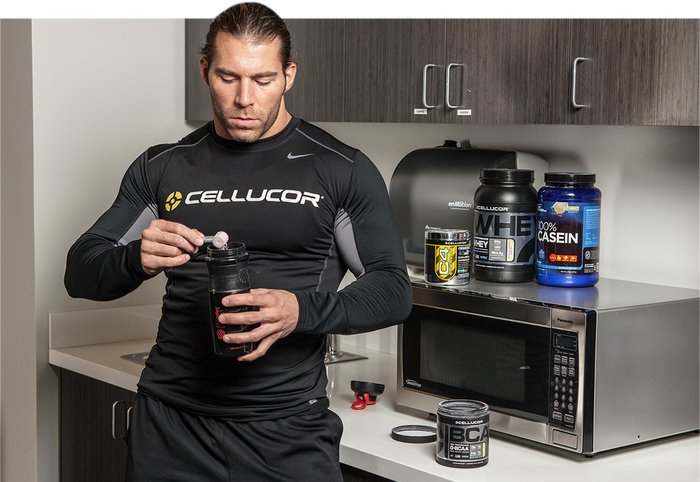
BCAAs make up 35 percent of your muscle mass and must be present for molecular growth to take place.
14. Take ZMA Before Bed
ZMA—a combination of zinc, magnesium aspirate, and a hint of vitamin B6—can be taken at bedtime to help you relax and get a good night's sleep. Proper sleep is not only important for muscle building, but is also essential for optimizing fat-loss hormones such as human growth hormone and leptin.
Intense training can deplete your mineral stores. The zinc in ZMA will help keep zinc levels up, which is important for metabolic and immune functions, including supporting testosterone levels.
15. Drink Green Tea
Green tea is a fat-loss powerhouse. It is calorie-free and contains an antioxidant/caffeine combination that will boost your weight loss.
16. Caffeinate Before Workouts
If you're not too sensitive to caffeine, gulping down 200 mg before your workout—whether it's cardio or weights—can help liberate some of that stubborn stored body fat. The extra energy boost from caffeine will also help keep your lifts high and help combat any fatigue you might be feeling from your reduced-calorie diet.
17. Supplement With Fish Oil
In addition to research pointing towards fish oil and omega-3 supplements as a means to help slow down the body's aging process, fish oil decreases your resting heart rate. Why is this beneficial? A slower heart rate means you'll have to work harder (i.e., burn more calories) to reach your target heart rate during your cardio sessions.[1]
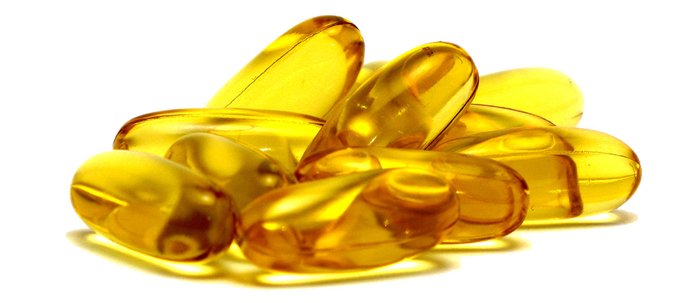
18. Lift Heavy
Skipping out on low-rep training just because you're dieting is a terrible idea. The easiest way to hold on to lean mass while dieting is to remind your body that it needs all the muscle it has. To maintain maximum muscle while dieting, start your training sessions off with a big compound moment in the 3-5 or 4-6 rep range. Low-rep training stimulates all muscle fibers—from slow to fast twitch. Choose a heavy weight that's challenging.
19. Make Compound Movement Your Foundation
The benefits of compound movements are pretty simple: They allow you to lift heavier weights, recruit more muscles, and burn more calories. Lose the leg extensions, and squat instead!
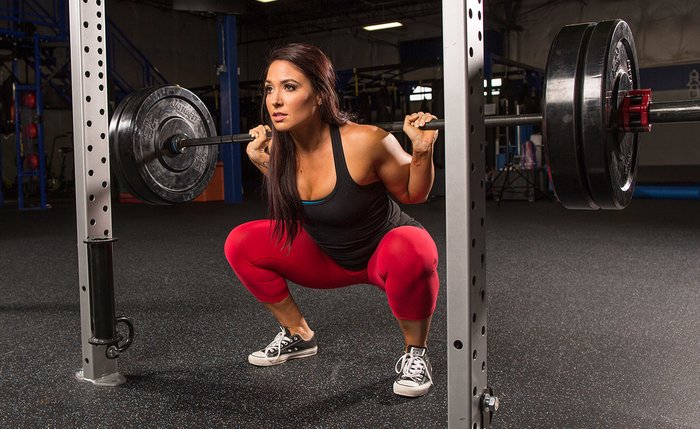
20. Increase Non-Exercise Physical Activity
When you're trying to drop body fat, every extra calorie you burn takes you one step closer to your goal. Increase your activity and burn more calories. Begin by taking some of these steps:
- Park farther away at work or when shopping.
- Instead of sitting, stand while taking phone calls at work.
- Skip the elevator and take the stairs.
- Don't drive around the corner to the store—walk!
21. Progressively Increase Your Cardio
There comes a point where you cannot add more high-intensity exercise such as resistance training and interval training to your routine. Instead, add additional low-intensity cardio as needed. Progressively adding training and cardio volume as needed—and not right off the bat— gives your body the best chance for long-term weight-loss success.

Progressively adding training and cardio volume as needed—and not right off the bat— gives your body the best chance for long-term weight-loss success.
22. Start Sprinting
Interval sprints done as part of high-intensity interval training are another great fat-loss strategy. Two or three 20-minute sessions can be a great addition to your training program. Sprinting burns a great deal of calories in a short amount of time and improves metabolism.
23. Limit Rest Between Sets
Keep your training goals in mind when you're lifting. While cutting down on your break time between sets might mean you can't lift as heavy with each rep, that's OK. You're not going after strength here. Instead, limiting your rest periods will keep your heart rate up and allow you to burn more calories.
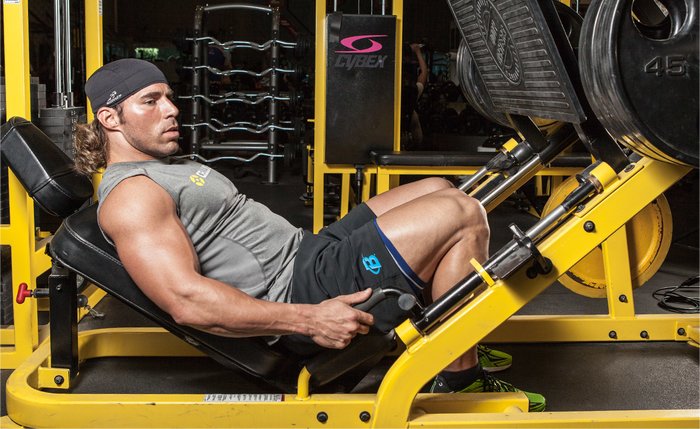
Limiting your rest periods will keep your heart rate up and allow you to burn more calories.
24. Avoid Failure
When your focus is fat loss, you shouldn't be pushing yourself to the absolute max. If you do, your ability to recover will be compromised. Compromised recovery and training to failure don't mix. Make sure to keep one rep "in the hole."
25. Set Goals
You're on a mission, and every mission has a set end point. When setting goals, determine what you want and write it down. Having something concrete will help keep you accountable.
26. Find A Mentor
Whatever your goal may be, someone has done it before. Be a copycat! Finding a solid mentor will save you a lot of time and frustration. They can help you with everything from training and nutrition to overall motivation.
27. Visualize Your Success
In order to achieve your goal physically, you need to have it mapped out mentally. Visualize yourself the day you reach your goal. What will you look like? What will it feel like? Hold that image in your mind and achieve it!
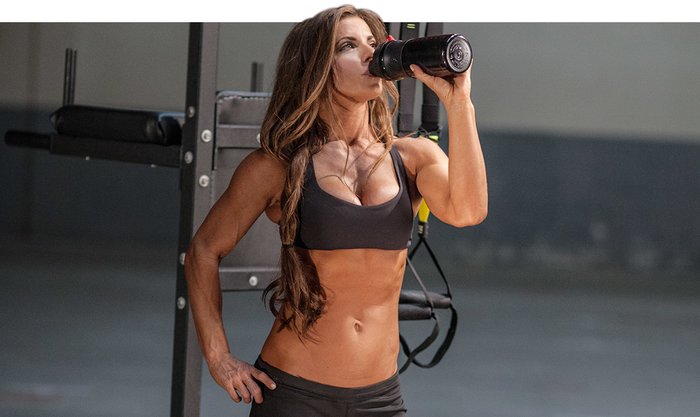
28. Perfect Your Pre- And Post-Workout Nutrition
Looking lean doesn't mean cutting out every single gram of sugar. For example, skipping your pre-workout or post-workout shakes just because they contain sugar is a bad idea. The carbohydrates, whey protein, and BCAAs found in a solid workout shake do much more good than harm. They help you recover faster, train harder, and build muscle while dieting.

29. Get Micronutrient Support
While it's not directly related to fat loss, incorporating micronutrients into your diet is important for overall health. When your calories are low, you're at a much higher risk for vitamin and mineral deficiencies. Taking a multivitamin or supplementing with whole-food extracts can help prevent potential problems and keep you fully functioning.
30. Blend Your Smoothies Longer
Research from Penn State University shows that blending a smoothie longer leads to increased incorporation of air and a larger-sized muscle shake.[2] Drinking the larger sized (but same calorie) shake for breakfast led men in the study to eat 12% fewer calories at lunch.
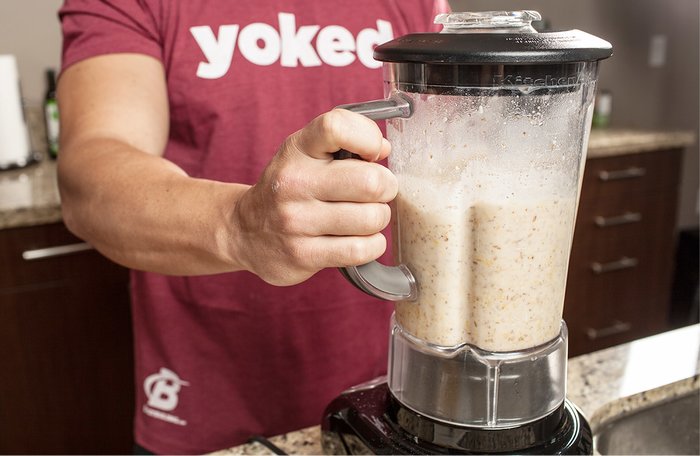
Blending a smoothie longer leads to increased incorporation of air and a larger-sized muscle shake.
31. Keep On With Creatine
Some people drop creatine from their supplement stack when dieting to "drop water weight." Bad idea. The water weight that you gain is intramuscular water, not subcutaneous water (water in the space between your muscles and skin). It will help drive strength gains despite your calories being low, which could lead to greater calorie burn and more fat loss.
32. Supplement With L-theanine
Low calories, lots of training, and thermogenics can cause sympathetic nervous system overload—putting you on edge and making you jittery. L-theanine—a unique amino acid found in tea—has a neurological calming effect, without taking away from any of the benefits of stimulants.
33. Breathe Deeply
Sometimes you just need to take a moment to breathe in and breathe out. Deep diaphragmatic breathing has been shown to decrease levels of exercise-induced oxidative stress in athletes. Emphasizing a long exhale stimulates your parasympathetic nervous system and further aids in the recovery process.
34. Eat Fewer Meals
Eating 6-7 times per day while dieting isn't a smart move. Research from the University of Missouri shows that the size of your meal—not how often you eat—is a more powerful driver of satiety.[3] Instead of eating like a rabbit 7 times a day, eat like a king 3-4 times.
35. Stay Active With Aerobic Conditioning
Don't dismiss the importance of steady-state cardio. High-intensity sprinting and intervals are great for calorie burning but, when it comes to improving your overall fitness levels, aerobic work could be the answer. Maintaining a steady intensity for an extended period of time—think 45-60 minutes of work at a heart rate of 130-140 beats per minute—strengthens your hearts ability to pump blood so that you can train harder and recover better.

When it comes to improving your overall fitness levels, aerobic work could be the answer.
36. Focus On Your Actions
Unfortunate newsflash: You really have no control over the rate at which you lose fat. There are a lot of different individual metabolic and environmental factors at play and, as of yet, we don't fully understand them all. Don't get obsessed with losing 1-2 pounds a week. Instead, focus on actions that are under your control. Stick to your diet and training plan, focus on being consistent, and train with intensity. Train hard, eat right, and the fat loss will come.
37. Plan For The Worst
Being optimistic is great but, when it comes to fitness, being realistic is better. Always have a backup plan. Don't focus on how awesome your diet and training regimen is; instead, try to figure out when it will fail. Determining sticking points ahead of time (when you would skip a workout, in what situation you won't have the food you need) is a proven strategy for increased success. Plan for the worst so that, when it happens, you'll be ready.
38. Indulge Without Gorging
Restricting your dietary options—and categorizing everything into "good" and "bad" foods—works in the short term but is a terrible long-term strategy. Instead of eliminating entire food groups from your diet—and running the risk of binging later—find a way to enjoy the foods you like in moderation. Take the "if it fits your macros" (IIFYM) route and eat treats in the context of your diet.
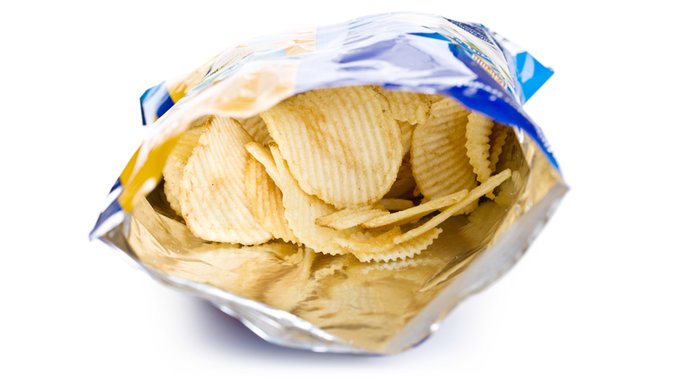
39. Sleep Like A Baby
Fat loss is usually an adventure of more—more dieting, more training, and more cardio. One thing that's continually left off of the list: more sleep. Cutting down on your sleep is a nightmare for fat loss. When you sleep poorly or too little, fat-loss and hunger hormones are kept from doing their thing, making your fat-loss efforts more challenging. Avoid this by getting 7-9 hours of sleep each night.
40. Lift With A Consistent Tempo
Metabolic training is often synonymous with fast lifting. That refers more to your rest periods than your lifting tempo, however. Keep a controlled and deliberate tempo when lifting. As opposed to just leaving you winded, a consistent tempo creates greater metabolic stress, which leads to better body composition changes.
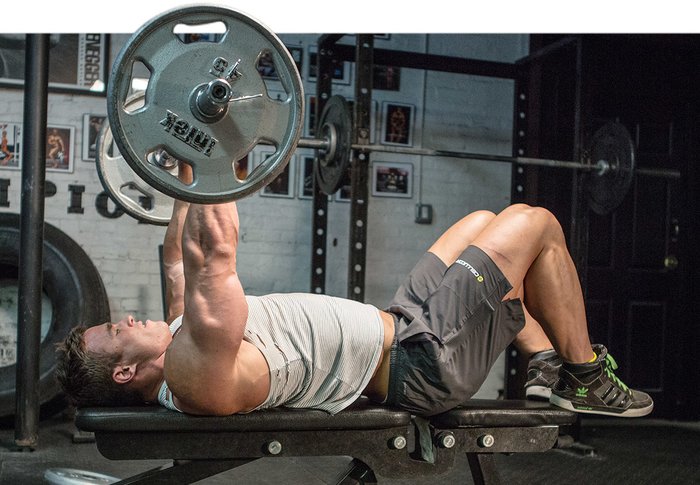
A consistent tempo creates greater metabolic stress, which leads to better body composition changes.
References
- Kiecolt-Glaser, J., Epel, E., Belury, M., Andridge, R., Lin, J., Glaser, R., ... Blackburn, E. (2013). Omega-3 fatty acids, oxidative stress, and leukocyte telomere length: A randomized controlled trial. Brain, Behavior, and Immunity, 28, 16-24.
- Rolls, B., Bell, E., & Waugh, B. (2000). Increasing the volume of a food by incorporating air affects satiety in men. American Journal of Clinical Nutrition, 72(2), 361-8.
- Leidy, H., Tang, M., Armstrong, C., Martin, C., & Campbell, W. (2011). The Effects of Consuming Frequent, Higher Protein Meals on Appetite and Satiety During Weight Loss in Overweight/Obese Men. Obesity, 19(4), 818-824.

